Rashomon Effect and Product Management
Historically, product managers have regularly come across different (and often conflicting) interpretations given to a singular event by the different participants of that event. This could be a user story discussion, a UX experiment or a sales event where one could have encountered how multiple stakeholders view the performance of product/feature/stakeholders in diametrically different perspectives.
Worse, if a product manager sides with one part of perspective based on partial data or subjective opinion, it usually leads to other stakeholders being left feeling nonplussed in the best case scenario and simply demotivated/ deserted as in a worse case scenario.

This resulting internal/external blow-blacks have often contributed for a product management job to be considered as one of the most unhappiest jobs in America.
However, there is a good news on the horizon. Not only we can structurally understand these differing perceptions but also process them productively through a knowledge framework. A great product manager is not only good with managing data but also with the politics of working with the internal organization to achieve desired goals.
This structure framework I have referred to is called Rashomon Effect.
What is Rashomon Effect?
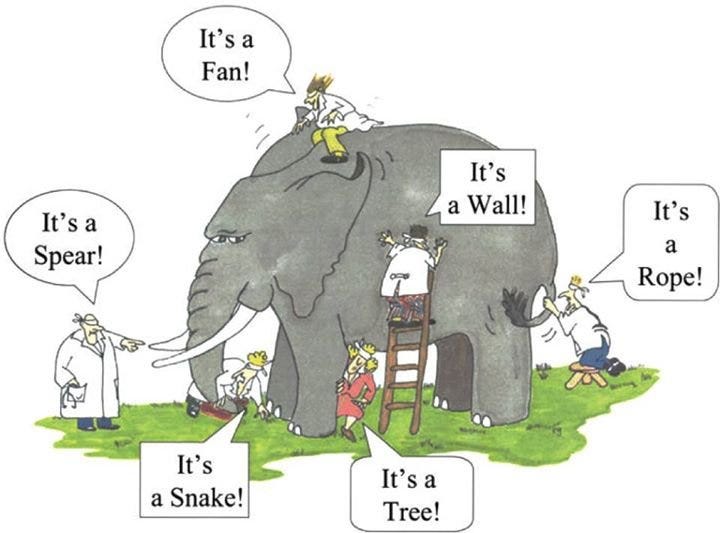
In general, Rashomon effect refers to different interpretations given to singular event by the different participants of that event.
This concept of Rashomon effect became popular and is used extensively in movies, criminal law (also this) and journalistic trades amongst many others.
This concept of “Rashomon Effect” came from the movie Rashomon, one of the greatest ever movie made by legendary Japanese Filmmaker Akira Kurosawa, that also gave the world of storytelling this brilliant plot device.
What happened in the movie — Rashomon?
In the movie Rashomon, there are essentially two subplots of three individuals discussing the story of three characters who are providing their own interpretation of an event and also through the fourth individual who observed most of this event happening in front of him.

Essentially, this is a story set in 11th Century Japan outside the erstwhile Imperial City of Kyoto. In the jungles outside of Kyoto, a Bandit confronts a Samurai and his wife. In the end the thief and wife are shown walking out while the Samurai is dead. The various interpretations are summarized below.

Bandit — As per the Bandit, he confronted a Samurai and his wife in a Jungle as the Bandit was attracted to Samurai’s wife. As per Bandit he won the wife as she willingly submitted to him. He also won a riveting clash with Samurai that eventually took Samurai’s life. In Bandit’s story, while the Samurai died, it was an honorable fight.
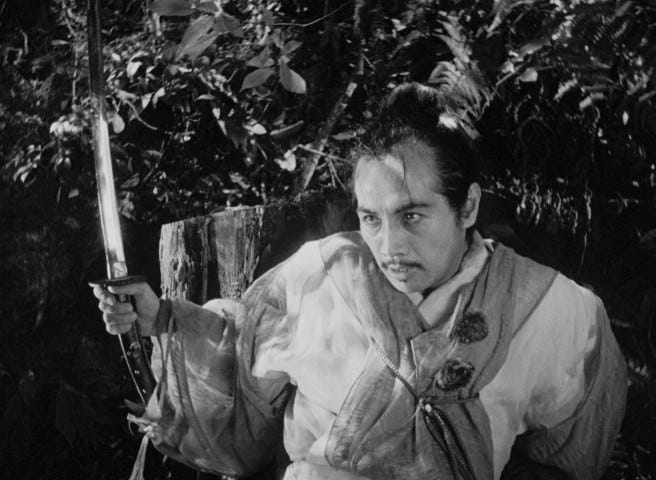
Samurai — As per the dead Samurai (talking through a medium), the Bandit ties Samurai’s hands, forced his wife and then also cunningly convinced the wife to consider marrying him. Once the wife agreed, she asks the bandit to kill him (husband). Bandit is appalled and asks Samurai whether to kill the wife or leave her. Eventually the wife runs away from the situation, Bandit unties Samurai’s bonds followed by Samurai weeping and killing himself with a dagger that lied nearby.

Wife — As per Wife, bandit after taking her and forcing her to yield, mocked her. When Wife went to her husband she saw a look of loathing from her husband, she fainted and when she woke up, she saw a dagger in her husband’s chest. Disoriented, he got up and left the scene.
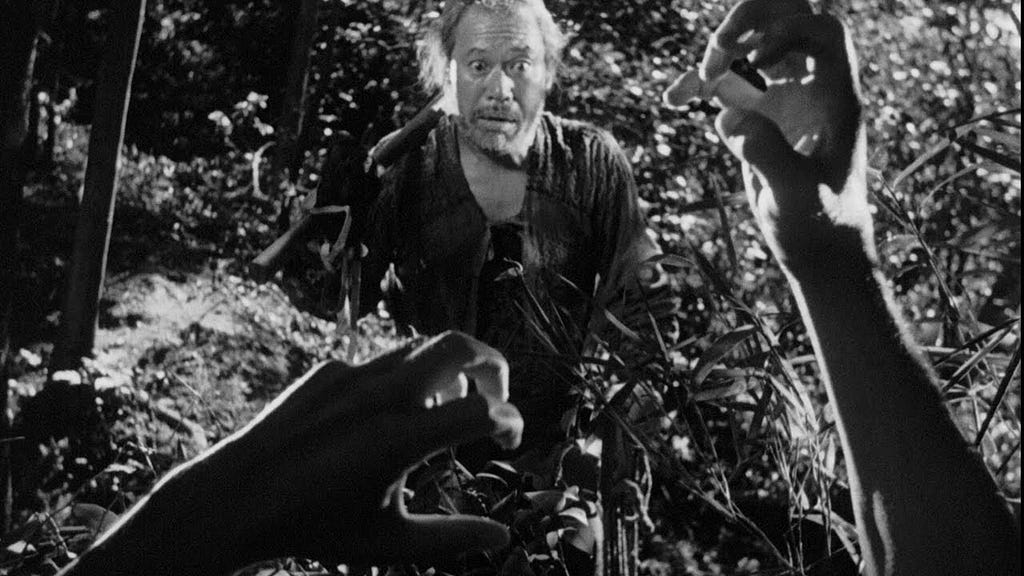
Woodcutter (An eyewitness) — Woodcutter saw that Bandit post the act requesting the wife to go along with him. While she was listening to Bandit’s proposition, she finds the dagger and cut Samurai’s bonds. She now expected Samurai to save her and fight for her. However, it appears that Samurai is not interested to fight for his wife. Sensing Samurai was abandoning her, Wife taunts and goads both men for a fight of honor between them. That mediocre fight results in death of the Samurai.
So each one of them is providing a subjective narration of events that emphasizes certain facts in a broader story, essentially sharing their perspective.
Bandit wanted to be perceived as some sort of a Hero, Samurai wanted to be perceived as the only person there with a higher sense of honor and Wife wanted to be perceived as the only victim amongst two weak men.
In the movie, there is no resolution in the end for the actual incident and the director left to the audience to wrestle the situation out in their minds.
Now as we have understood the plot device as established in Rashomon and resultant Rashomon effect, let us extend this to the field of product management.
A Product management “Rashomon Effect” case
Let us take a case study of a failed sales event. There is a product “A” which is being sold by a product firm with an average of 70% success rate against its competition. However, much of these sales are happening in small and medium business with a decent 6 figure ASP (average selling price). Recently, one of the top account executive got a large enterprise interested in product “A”. This enterprise let sales executive know that they have a 7 figure budget.
Now, during the proof of value phase, prospect rejected the product and company business unit lead calls everyone — sales executive, sales engineer, engineering manager and himself to a postmortem session. He also calls the product manager to analyze the all around feedback and recommend a strategy.

Now each one of them narrates the event from their perspective
Salesperson — Customer rejected the product because it did not meet the enterprise requirements and sales engineer struggled with the execution of proof of value, eventually that failed.
Sales engineer — Customer was not satisfied with the offering as they had different needs that this product cannot satisfy. We should not have positioned our product “A” to this prospect to begin with. This is a case of bad qualification by the sales executive.
Engineering manager — While the product was not meeting the requirements on day zero, engineering team could have plugged the gaps if sales engineer and sales manager would have effectively managed the PoV in partnership with Engineering.
Business unit head — I believe all of the team members did not work well together and lost otherwise winnable account.
There is a single event of failed product sale, however the entire team provides varying narrations as perceived by each stakeholder.
How to decipher this Rashomon Effect?
Each stakeholder passionately argues their case with a rare belief they are right and are hugely frustrated with a belief that product manager may purchase someone else’s narrative over theirs.
This is a great use case of Rashomon with a slight variance. None of these folks are unreliable stakeholders. It is just their motivations differ from each other for the same activity.
Classically, beginner product managers are usually trained to look for factual information and base judgement on them. However, as we progress in our career, we begin to realize that motives (articulated through beliefs) are also very important. And all the stakeholders are always trying to align their personal motivation with the shared task. This could be a material motivation or career motivation.
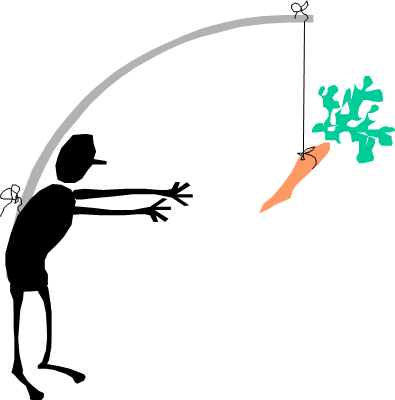
Furthermore, we as product managers are not always in the business of establishing the central truth. We also need to align product strategy with both facts (truth) and motivations of different stakeholders that drive them.
Establishing a framework to capture this Rashomon effect
If we break this entire situation down, we could see the breakdown of facts and beliefs (motivations) as below
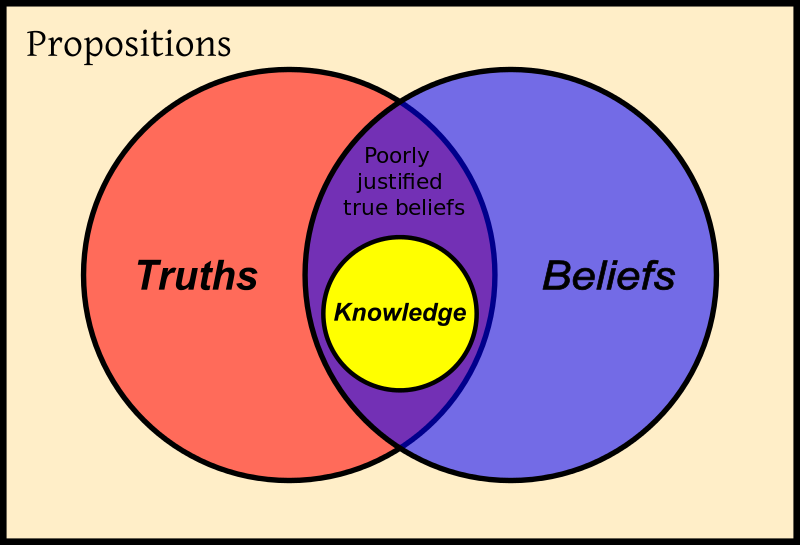
In the above case, the commonly agreed truths (facts) were very much evident → There was a mismatch between customer needs and what product offered and eventually prospect did not go ahead with the product.
However, beliefs or driving motivations that captured rest of the story were driven by a job persona of those individuals.
Engineering manager was driven by a motivation to create a fixed scope product that could rapidly be expanded to cover more use cases. An engineering manager has a need to keep the scope tight but still wants to contribute to financial success of the company.
Sales Executive is primary driven by numbers and a large such deal could do wonders to the attainment of his quota. He/She would seemingly be frustrated by any product or execution challenges that come his way (whether his observations are rational or otherwise is irrelevant to his motivations).
Sales Engineer would like everyone to understand that he is in sales organization and as such sales engineer always demo/PoV the functional product as it stands today, not what the future might entail; They also want to perform to well defined product expectations so they achieve a repeatable success scenario with prospects.
Business unit head is all motivated about growing the company financially but also foster a culture of collaboration to drive desired results.
At this point of time, we have captured the insights of this Rashomon or different perspective situation. Now we need to harness these insights to make it work for us.
Rashomon Strategy — Bringing it all together?
Here are three recommended constituents of a Rashomon Strategy to harness the insights driven from understanding Rashomon Effect.
First one is to acknowledge motivations — They drive human being’s day to day work. Individuals have motivations that differ from each other. They are part of the role, their personal histories and how they want to proceed in their careers.
Understand internal personas — Product management is not devoid of them. Based on your product, you will encounter different type of personas inside the organizations that are relevant to your product strategy. It is important to define them, understand their motivations and figure out ways to rank choice them in terms of their importance to your product strategy. It is very important to harness a persona power for successful execution of product strategy.

Communicate product strategy with relevance to these internal personas. While not all internal stakeholders are equally important to the execution of product strategy. However, they need to be communicated so that each one of them clearly understand their role in the matrix and executes on that.
Epilogue
Overall, a key trait of a good product manager is to manage the product politics (in a good way) or in other terms successfully influence different stakeholders to adopt to your vision and that inherently requires deep understanding of individual personas and their motivations.
Finally, Rashomon Effect is a study of human behavior and this discipline will evolve to evoke even more interesting insights to help practicing product managers in future.
Rashomon Effect and Product Management was originally published in ShiftLeft Blog on Medium, where people are continuing the conversation by highlighting and responding to this story.
*** This is a Security Bloggers Network syndicated blog from ShiftLeft Blog - Medium authored by Alok Shukla. Read the original post at: https://blog.shiftleft.io/rashomon-effect-and-product-management-277550e701e7?source=rss----86a4f941c7da---4





